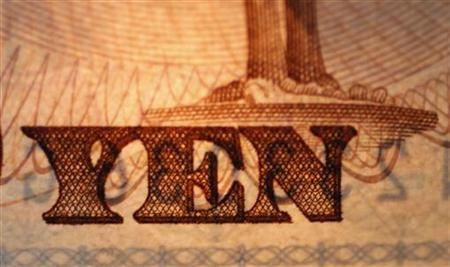Japan Intervention: How Low Will the Yen Go?

The Japanese intervention took the forex market by storm late Sunday, sending the Japanese yen over 5 percent lower against the U.S. dollar in a little over one hour.
What Happened?
Japan’s Ministry of Finance sold the Japanese yen against the U.S. dollar in the open market, beginning at around 9:25 p.m. ET on Sunday. Nomura FX Research estimates that the Japanese MOF spent several trillion yen in this intervention.
The Wall Street Journal reported that the intervention likely exceeded 6 trillion yen, citing Tokyo traders.
Why?
In 2011, the Japanese yen has consistently trended higher and made fresh highs against the U.S. dollar. Just before the intervention late Sunday, the yen was at a fresh high of 75.56 against the U.S. dollar.
Having a strong yen detrimentally affects Japan’s large exports sector. The currency appreciation prior to the intervention has been blamed for hurting companies like Honda and Panasonic, according to Bloomberg.
This is not the first time the MOF has intervened in the open market. In 2011 alone, it intervened twice: in March and in August.
What’s Next?
Analysts are divided. Recent history suggests that the intervention will not likely be successful.
The March intervention, coordinated with other world powers, produced an explosive yen decline for about 10 trading sessions before the yen resumed its climb. The August intervention, supported by monetary easing from the Bank of Japan, failed to extend a decline for even one day.
Nomura, however, has a different view.
It believes the recent yen strength was largely due to speculators, citing the Chicago IMM data among other evidence.
According to Nomura’s model of U.S.-Japan yield differentials, USD/JPY should actually be around 78. It believes the MOF intervention will jolt the market to trade “in line with fundamentals.”
Nomura is sticking it its pre-intervention year-end forecast for USD/JPY, which is 79 at the end of 2011 and 80 and the end of March 2012.
© Copyright IBTimes 2024. All rights reserved.





















